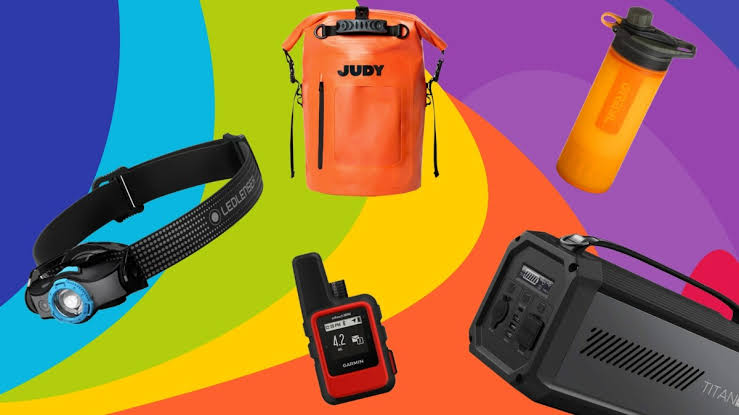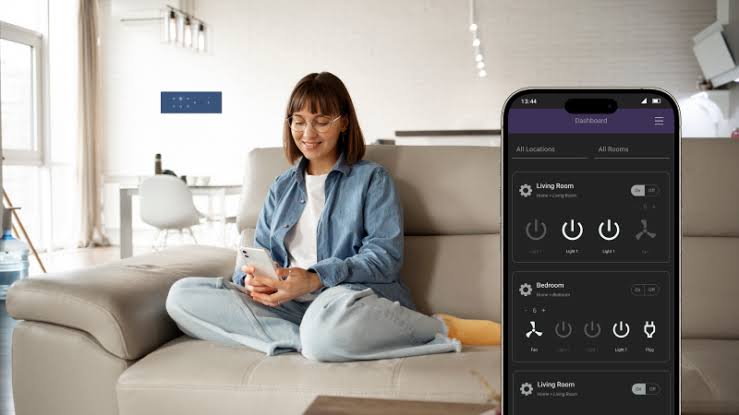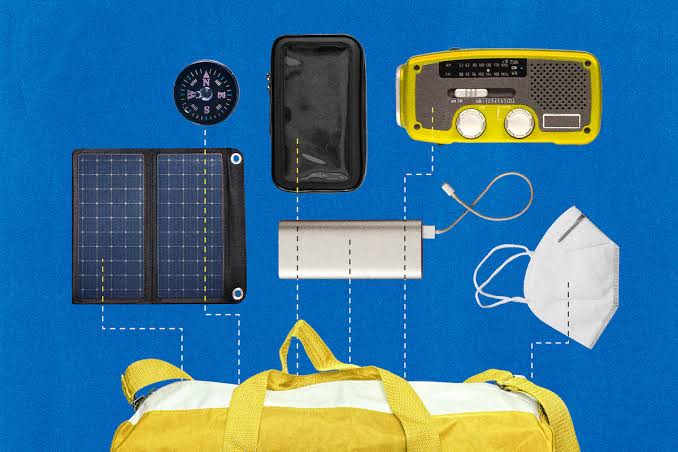Smart gadgets have become critical tools in modern disaster relief operations, helping emergency teams respond faster, coordinate better, and save more lives. From real-time communication devices to AI-powered drones, these technologies are transforming the way disaster management is carried out globally.
Enhancing Communication and Coordination
One of the most important roles of smart gadgets in disaster relief is enabling quick and reliable communication between rescue teams.
- Satellite phones provide a backup communication method when traditional networks are down.
- Portable Wi-Fi hotspots allow relief workers to share data and updates instantly.
- Smart radios with GPS tracking help teams locate one another and coordinate in real time.
These tools reduce delays in decision-making, ensuring resources are deployed where they are needed most.
Providing Real-Time Disaster Monitoring
Smart gadgets can collect and transmit accurate data during an ongoing disaster.
- Drones equipped with cameras and sensors map affected areas to identify damage and safe evacuation routes.
- Wearable gadgets track the health and safety of relief workers in hazardous conditions.
- IoT-based environmental sensors monitor flood levels, earthquake tremors, or air quality in disaster-hit zones.
This information enables authorities to make evidence-based decisions for effective relief efforts.
Improving Search and Rescue Operations
Gadgets with advanced location and detection technology are saving more lives.
- Thermal imaging cameras on drones detect heat signatures of survivors trapped under rubble.
- GPS-enabled trackers help locate lost individuals or missing rescue team members.
- Smart helmets with built-in communication and night-vision assist responders in low-visibility conditions.
These devices make it possible to cover larger areas quickly while increasing the chances of finding survivors.
Facilitating Medical Assistance
In disasters, timely medical support can mean the difference between life and death.
- Portable diagnostic devices allow medical teams to perform quick health checks on-site.
- Wearable health monitors track vital signs of injured people awaiting treatment.
- Smart medicine dispensers ensure that essential drugs are distributed accurately and safely.
By combining these tools with telemedicine platforms, doctors can provide remote guidance to field medics.
Supporting Logistics and Resource Management
Smart gadgets help relief organizations manage supplies effectively.
- RFID tags track relief goods from storage to delivery points.
- Smart inventory systems ensure that essentials like food, water, and medical supplies are not wasted.
- Portable solar-powered chargers keep gadgets operational even in power outages.
Efficient resource allocation reduces waste and ensures fair distribution to affected communities.
Increasing Public Awareness and Safety
Disaster relief also depends on keeping the public informed.
- Smart emergency alert systems send warnings to mobile phones in affected regions.
- GPS-enabled apps guide people to safe zones and shelters.
- Social media integration in smart gadgets allows victims to send SOS messages quickly.
These tools ensure that communities receive critical updates instantly, helping them take protective measures.
The Future of Smart Gadgets in Disaster Relief
As technology advances, future disaster relief gadgets will become even more powerful and autonomous.
- AI-driven prediction systems will help anticipate disasters before they strike.
- Robotics will assist in dangerous rescue operations without risking human lives.
- Energy-efficient gadgets will operate for longer in remote areas without charging.
By integrating smart technology into every stage of disaster response, relief efforts will become faster, safer, and more efficient.




Interesting